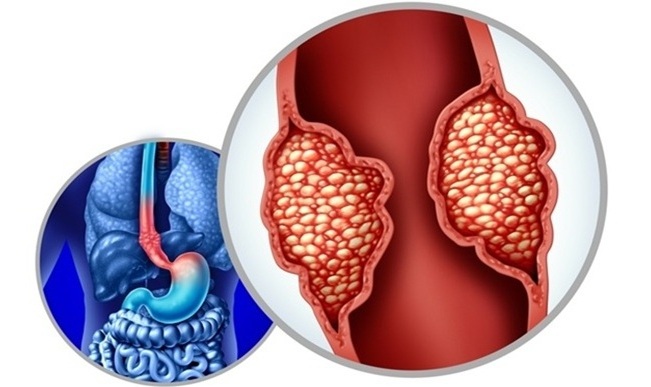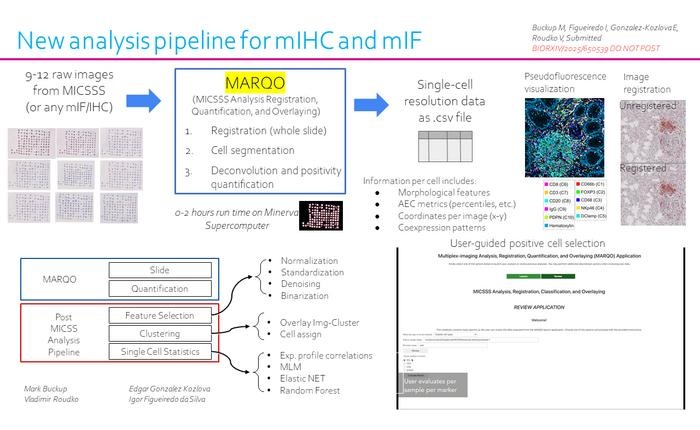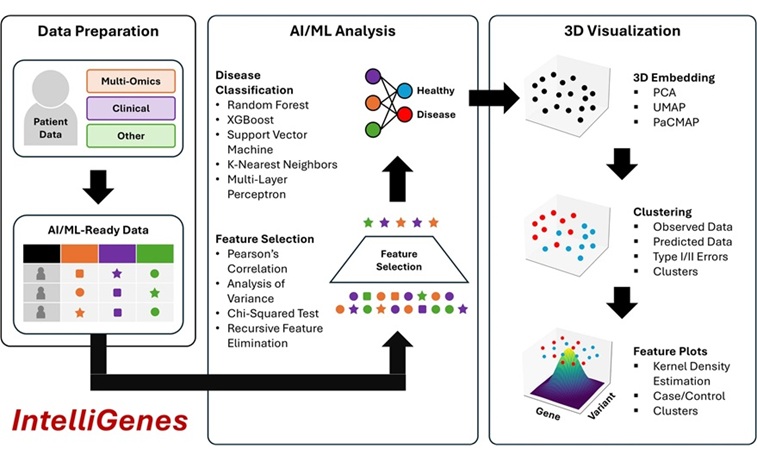New Understanding of Barrett’s Esophagus Formation to Enable Earlier Intervention and Diagnosis
Posted on 03 Jul 2025
Barrett’s esophagus is a condition in which the lining of the esophagus—normally composed of squamous epithelial cells—undergoes a transformation into cells resembling those found in the stomach or intestine. This usually occurs after prolonged exposure to acid and bile reflux, which reprograms the esophageal tissue to adapt to an environment it was not built to handle. Under the microscope, Barrett’s lesions show abnormal cell proliferation and a disorganized tissue structure with stomach-like and intestinal-like cells. This loss of normal esophageal identity increases the risk of developing esophageal adenocarcinoma, a highly aggressive cancer with limited treatment options and poor survival rates. Current therapies that reduce acid reflux do not reverse the changes in esophageal cells, and there are no effective early screening techniques. Now, a new study has identified how changes in key regulatory genes may drive this transformation, offering a potential path to early diagnosis and prevention.
A team led by researchers at Baylor College of Medicine (Houston, TX, USA) and Washington University School of Medicine (St. Louis, MO, USA) set out to understand the genetic and cellular mechanisms underlying Barrett’s esophagus. They focused on the transcription factors SOX2 and CDX2, which help maintain the identities of esophageal and intestinal cells, respectively. Using organoids—miniature lab-grown versions of human esophageal tissue—the team built a library from patient samples and manipulated levels of SOX2 and CDX2. They found that lowering SOX2 and increasing CDX2 shifted the cells away from their normal esophageal form and toward a stomach or intestinal identity. To validate these findings, they developed a mouse model in which Sox2 could be selectively turned off in the esophagus. These mice exhibited reduced cell maturation, excessive growth, and abnormal tissue structures at the junction of the esophagus and stomach—features mimicking early-stage Barrett’s esophagus in humans.

The study, published in the Journal of Clinical Investigation, provides strong evidence that Barrett’s esophagus results from acid- and bile-induced reprogramming of esophageal cells via an imbalance in SOX2 and CDX2. The findings reveal how shifts in gene expression compromise esophageal identity, setting the stage for cancer development. The researchers suggest this new understanding could pave the way for early screening tools and targeted interventions to halt the disease before it progresses. Future work will focus on translating these genetic insights into diagnostic and therapeutic strategies that can prevent esophageal adenocarcinoma in high-risk individuals.
Related Links:
Baylor College of Medicine
WashU Medicine













